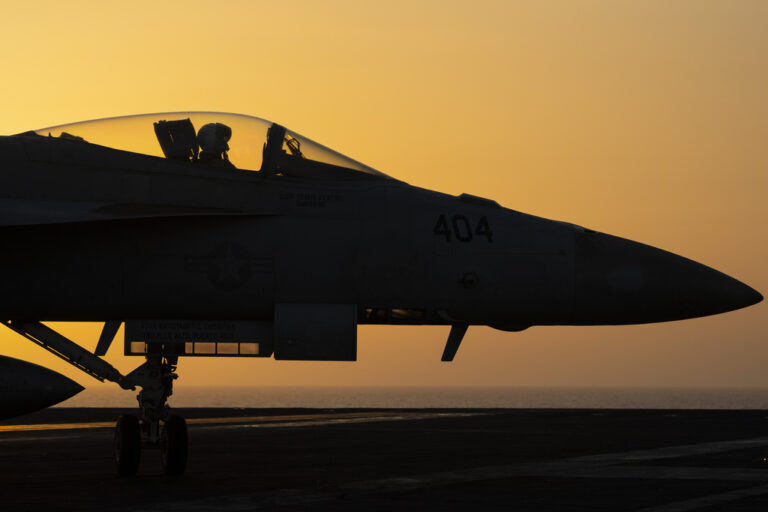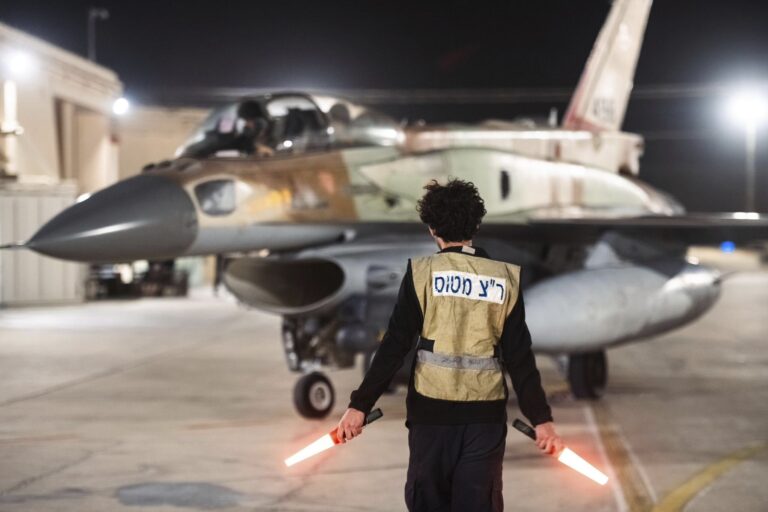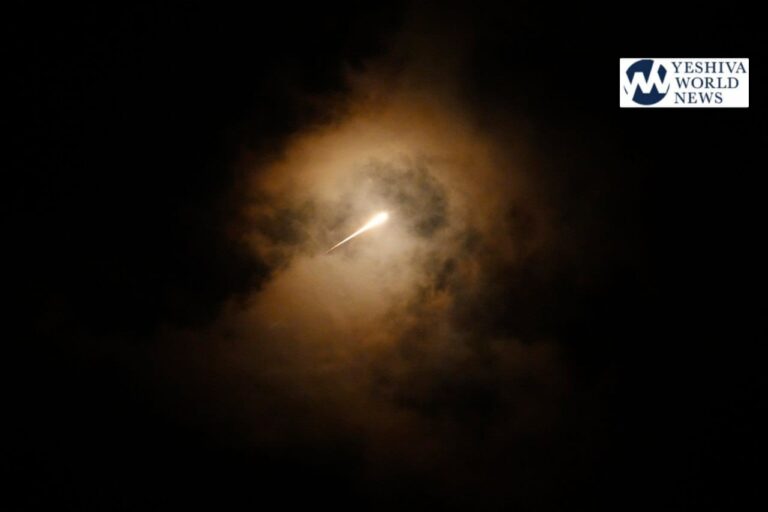Russia reinforced its fighting force Tuesday with an annual fall draft of 120,000 men, and doubled the number of civilians it’s trying to evacuate in anticipation of a major Ukrainian push to recapture the strategically vital southern port city of Kherson.
Russian military officials have assured that conscripts to be called up over the next two months will not be sent to fight in Ukraine, including to the Kherson region, three other Ukrainian areas that Russia recently illegally annexed or to Crimea, which the Kremlin made part of Russia in 2014.
However, the U.S.-based Institute for the Study of War said the Russian Defense Ministry “is attempting to deceive the Russian population into believing that autumn conscripts will not be sent to fight in Ukraine, likely to prevent draft dodging.”
Russia’s illegal annexation of occupied Ukrainian regions “means that all of the fighting is taking place in areas that the Kremlin claims as Russian territory,” the institute said, so “conscripts will almost certainly be deployed to Ukraine after their training is complete around March or April 2023, and could be deployed sooner in response to changes on the battlefield.”
This year’s fall draft was scheduled to start in October, but was delayed because of an extraordinary partial mobilization of 300,000 reservists that President Vladimir Putin ordered Sept. 21. While Russian officials declared the partial mobilization completed Monday, critics have warned that the call-up could resume after military enlistment offices are freed up from processing conscripts.
Russian Defense Minister Sergei Shoigu said Tuesday that 87,000 of the men called up in the partial mobilization were deployed for combat to Ukraine. Training them are 3,000 military instructors with combat experience gained in Ukraine, Shoigu said.
Activists and reports by Russian media and The Associated Press said many of the mobilized reservists were inexperienced, were told to procure basic items such as medical kits and flak jackets themselves, and did not receive training before they were sent off to fight. Some were killed within days of being called up. After Putin’s order, tens of thousands of men fled Russia to avoid serving in the military.
Some of the fresh troops have reportedly been sent to Kherson, on the 1,100-kilometer (684-mile) front line. Russian-installed authorities in Kherson, fearing a major Ukrainian counterattack, on Tuesday reported relocating 70,000 residents and expanded an evacuation area they had announced last month to people living within 15 kilometers (9 miles) of the Dnieper River.
The Kremlin-appointed governor of the region, Vladimir Saldo, said the evacuation of an additional 70,000 residents would be completed this week and claimed it was ordered “due to the possibility of the use of prohibited methods of war by the Ukrainian regime.” He repeated claims that “Kyiv is preparing a massive missile strike on the Kakhovka hydroelectric station,” which he said would flood Kherson.
Ukraine’s General Staff on Tuesday described the new evacuations as “forced displacement,” saying that those residing along the banks of the Dnieper “are forcibly evicted from their homes.”
Elsewhere, concerns about radiation figured in two developments.
Experts from the United Nations’ nuclear watchdog agency inspected two sites in Ukraine on Tuesday that Russia identified as involved in its unfounded claims that Ukrainian authorities planned to set off radioactive “dirty bombs” in their own invaded country. International Atomic Energy Agency Director General Rafael Grossi said the inspections for evidence of a so-called dirty bomb would be completed soon.
The Russians, without providing evidence, allege the Ukrainians planned to make the purported bomb look like Russia’s doing.
Russia’s U.N. ambassador, Vassily Nebenzia, claimed in a letter to Security Council members last week that Ukraine’s nuclear research facility and mining company “received direct orders from (President Volodymyr) Zelenskyy’s regime to develop such a dirty bomb.”
Western nations have called Moscow’s repeated claim “transparently false.” Ukrainian authorities dismissed it as an attempt to distract attention from alleged Russian plans to detonate a dirty bomb as a way to justify a further escalation of hostilities.
A second radiation concern involves fighting near Europe’s largest nuclear power plant. The IAEA has stationed monitors at the Russian-occupied Zaporizhzhia Nuclear Power Plant, where a radiation leak could have catastrophic consequences.
The Ukrainian president’s office said Tuesday that cities and towns around the plant experienced more heavy shelling between Monday and Tuesday. In Nikopol, a city which faces the plant from across the wide Dnieper, more than a dozen apartment buildings, a kindergarten, and various businesses were damaged, the office said.
Elsewhere on the battlefront, Russian strikes targeting eight regions of southeastern Ukraine killed at least four civilians and wounded four others in 24 hours, Zelenskyy’s office said.
Russian shelling hit 14 towns and villages in the eastern Donetsk region Monday and Tuesday, destroying sections of railway track, damaging a power line and taking down mobile communications in some areas.
The shelling killed three civilians, the region’s governor, Pavlo Kyrylenko, said. Donetsk is one of four regions Moscow illegally annexed last month, and continues to see fierce clashes as Russian forces press their grinding attack on the cities of Bakhmut and Avdiivka.
Another woman was killed after Russian rockets hit apartment buildings and a school in the southern city of Mykolayiv, its mayor reported Tuesday.
Ukraine was still grappling Tuesday with the consequences of Monday’s massive barrage of Russian strikes, which disrupted power and water supplies. Ukraine’s state energy company, Ukrenergo, said seven regions would experience rolling blackouts to protect the system.
Kyiv Mayor Vitali Klitschko said authorities restored electricity and running water in the capital’s residential buildings but that rolling power outages would continue. Kyiv region Gov. Oleksiy Kuleba said Tuesday that 20,000 apartments remained without power.
In Kharkiv, Ukraine’s second-largest city, subway service was suspended again on Tuesday, according to the subway’s Telegram page. No reason was given.
Separately, ships loaded with grain continued to depart Ukraine on Tuesday despite Russia’s suspension of its participation in a U.N.-brokered deal to deliver critical food supplies to countries facing hunger. The U.N. said three ships carrying 84,490 metric tons of corn, wheat and sunflower meal left through a humanitarian sea corridor.
(AP)











